This content originally appeared on HackerNoon and was authored by Transcompiler: Learn How to Translate Code
Table of Links
B Details of Think-and-Execute
C Prompts Used in Our Experiments
D Human-written Pseudocode Prompts
F Generated Pseudocode Prompts
G Qualitative Analysis
We conduct a qualitative analysis by comparing the outputs of our approach (THINKAND-EXECUTE) with those of the baseline methods. This comparison is presented across Tables7,8,9,10,11,12, and 13.
\

\
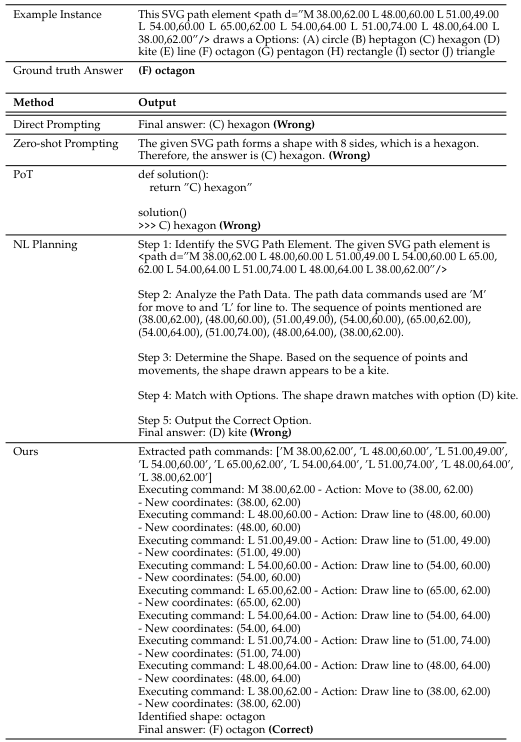
\
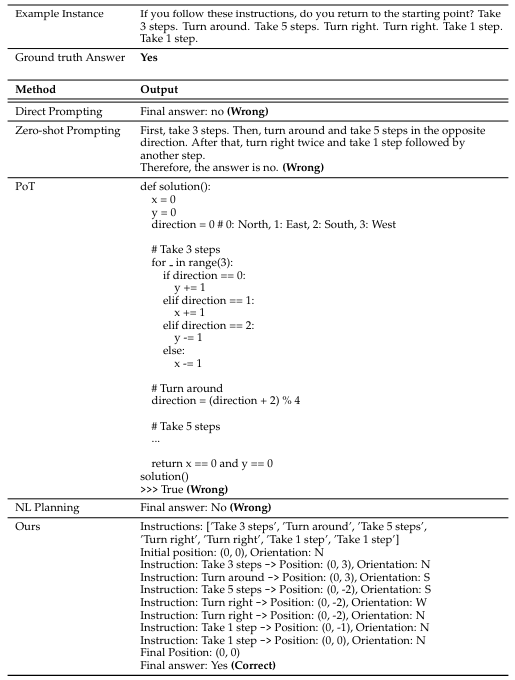
\
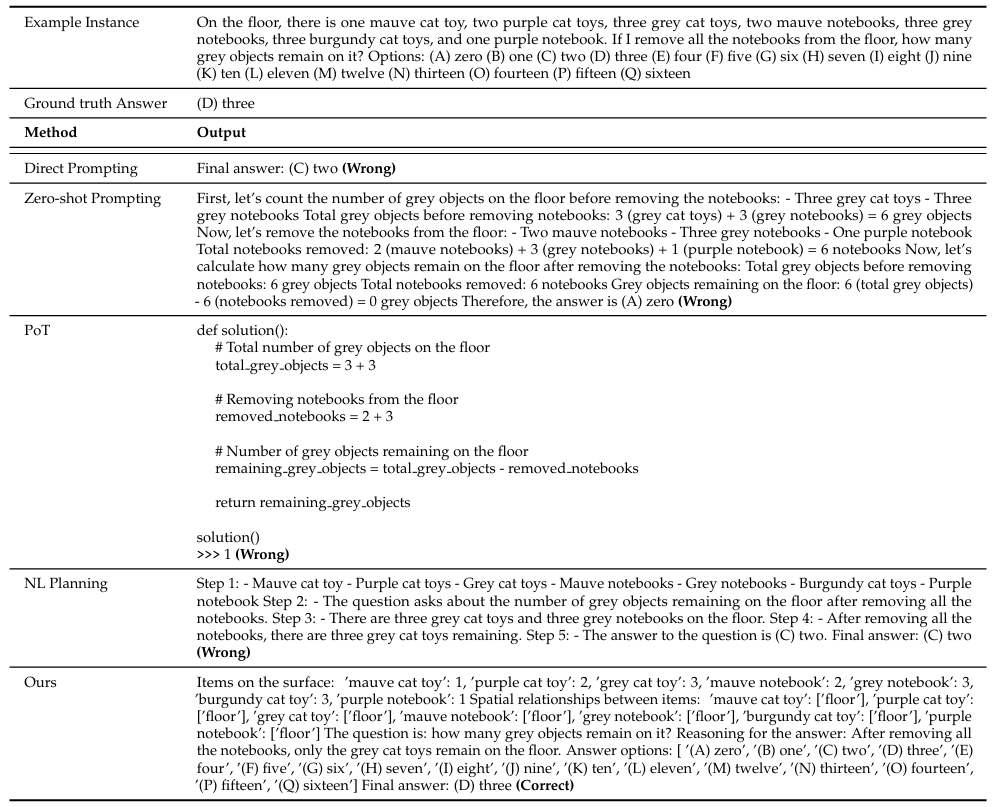
\
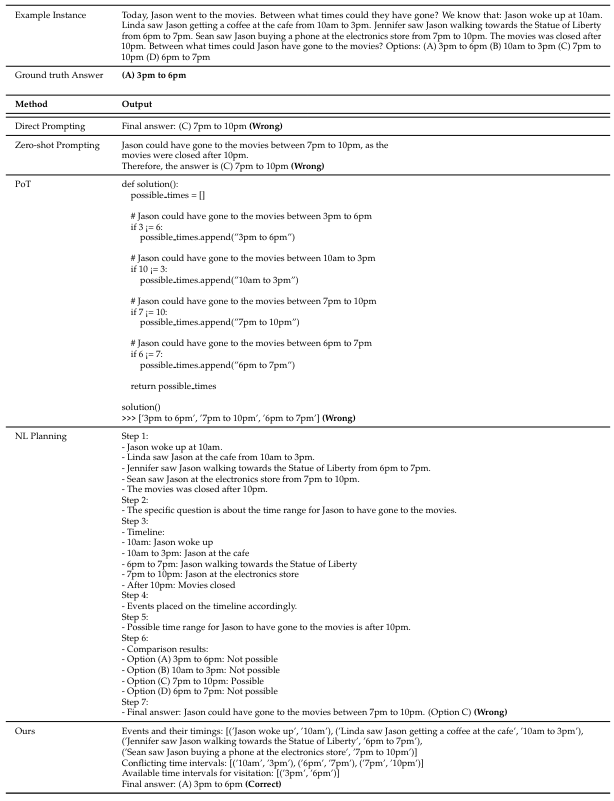
\
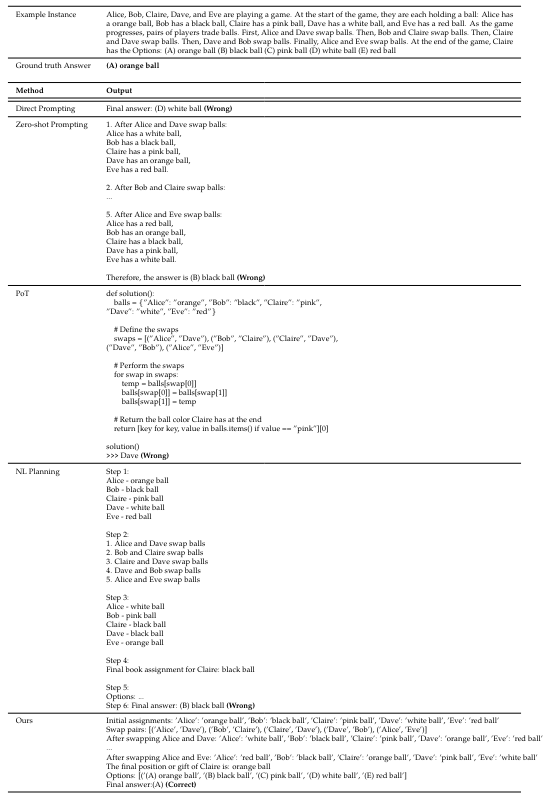
\
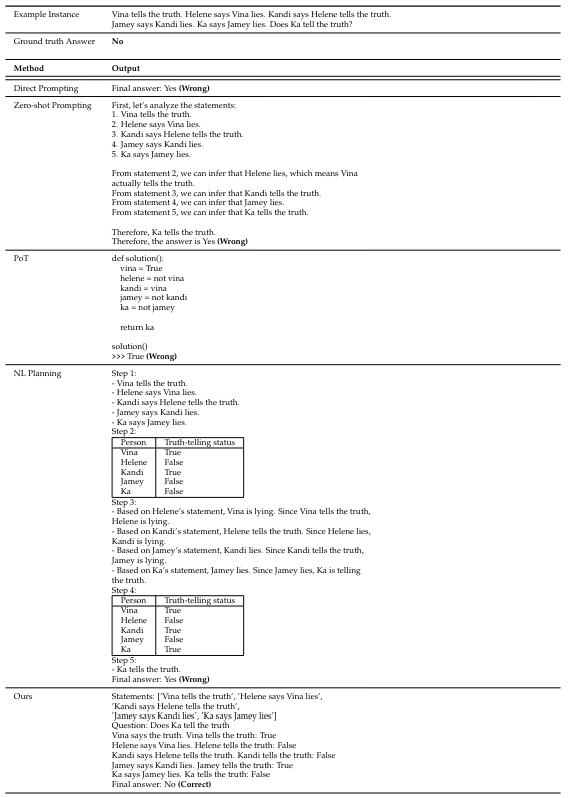
\
:::info This paper is available on arxiv under CC BY-NC-ND 4.0 DEED license.
:::
:::info Authors:
(1) Hyungjoo Chae, Yonsei University;
(2) Yeonghyeon Kim, Yonsei University;
(3) Seungone Kim, KAIST AI;
(4) Kai Tzu-iunn Ong, Yonsei University;
(5) Beong-woo Kwak, Yonsei University;
(6) Moohyeon Kim, Yonsei University;
(7) Seonghwan Kim, Yonsei University;
(8) Taeyoon Kwon, Yonsei University;
(9) Jiwan Chung, Yonsei University;
(10) Youngjae Yu, Yonsei University;
(11) Jinyoung Yeo, Yonsei University.
:::
\
This content originally appeared on HackerNoon and was authored by Transcompiler: Learn How to Translate Code
Transcompiler: Learn How to Translate Code | Sciencx (2025-03-25T01:30:57+00:00) Conducting a Qualitative Analysis by Comparing the Outputs of Our Think-and-Execute Framework. Retrieved from https://www.scien.cx/2025/03/25/conducting-a-qualitative-analysis-by-comparing-the-outputs-of-our-think-and-execute-framework/
Please log in to upload a file.
There are no updates yet.
Click the Upload button above to add an update.
